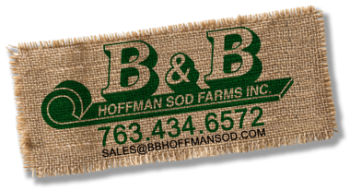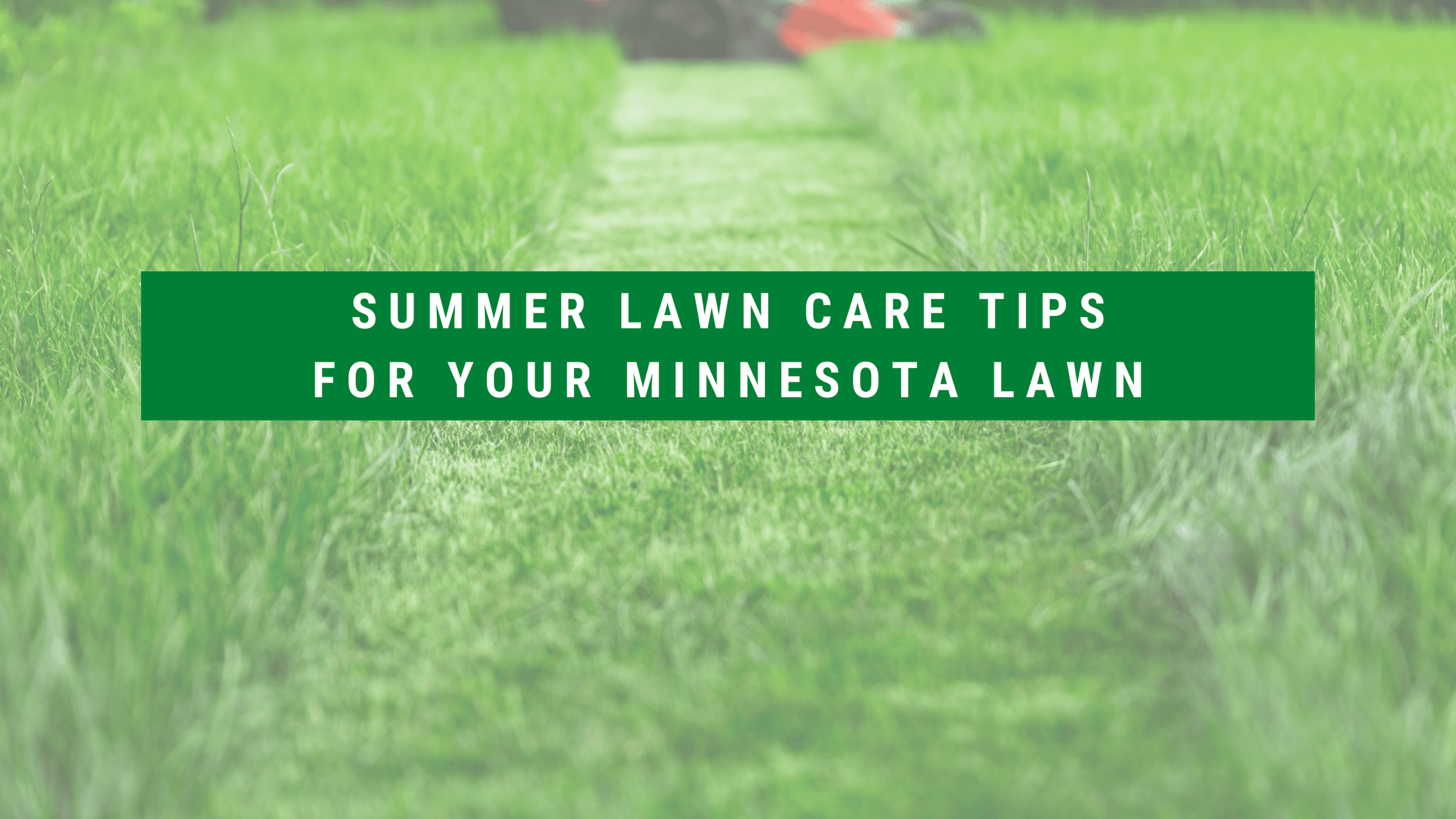As Summer is approaching quickly, keep these Minnesota lawn care tips in mind. With a little effort your lawn can be healthy and thriving all summer!
Check out a few of these pointers to keep your lawn looking its best.
Soaking sessions. Most lawns need 1 to 1.5 inches of water every week. Since the rainfall has been sparse, we suggest watering occurs through irrigation, ensuring water soaks 5-6 inches deep into the soil. Watering for a longer duration, less often, is preferred over daily watering. This routine prepares your grass for potential or continued drought and creates a hardier grass cover.
Timing is everything. The most efficient time to water your lawn is in the early morning hours, prior to 9 a.m. At this time, there is the least amount of sunlight and wind, and the lower temperatures allow for equal water distribution. Watering at night is not recommended as the lawn then sits with no sunlight, often causing moss, different types of weeds, algae, and possibly diseases to grow and spread. Always check with local watering restrictions in your area.
Adjust your clipping. Mow your grass to its specified type height, usually around 2 ½ to 3 inches. Taller grass is a natural weed repellent and allows deeper root growth. Shorter grass drys easily, often turning brown and spreading disease.
Fine-tune your tools. To ensure an efficient irrigation routine, make sure all sprinklers are aimed at grass, not pavement or hard surfaces. Repair hoses, fittings, and nozzles as needed to eliminate leakage and save on water waste.
To learn more about summer lawn care and the products that B&B Hoffman Sod Farms offers, visit us online at bbhoffmansod.com or call 763-434-6572.

